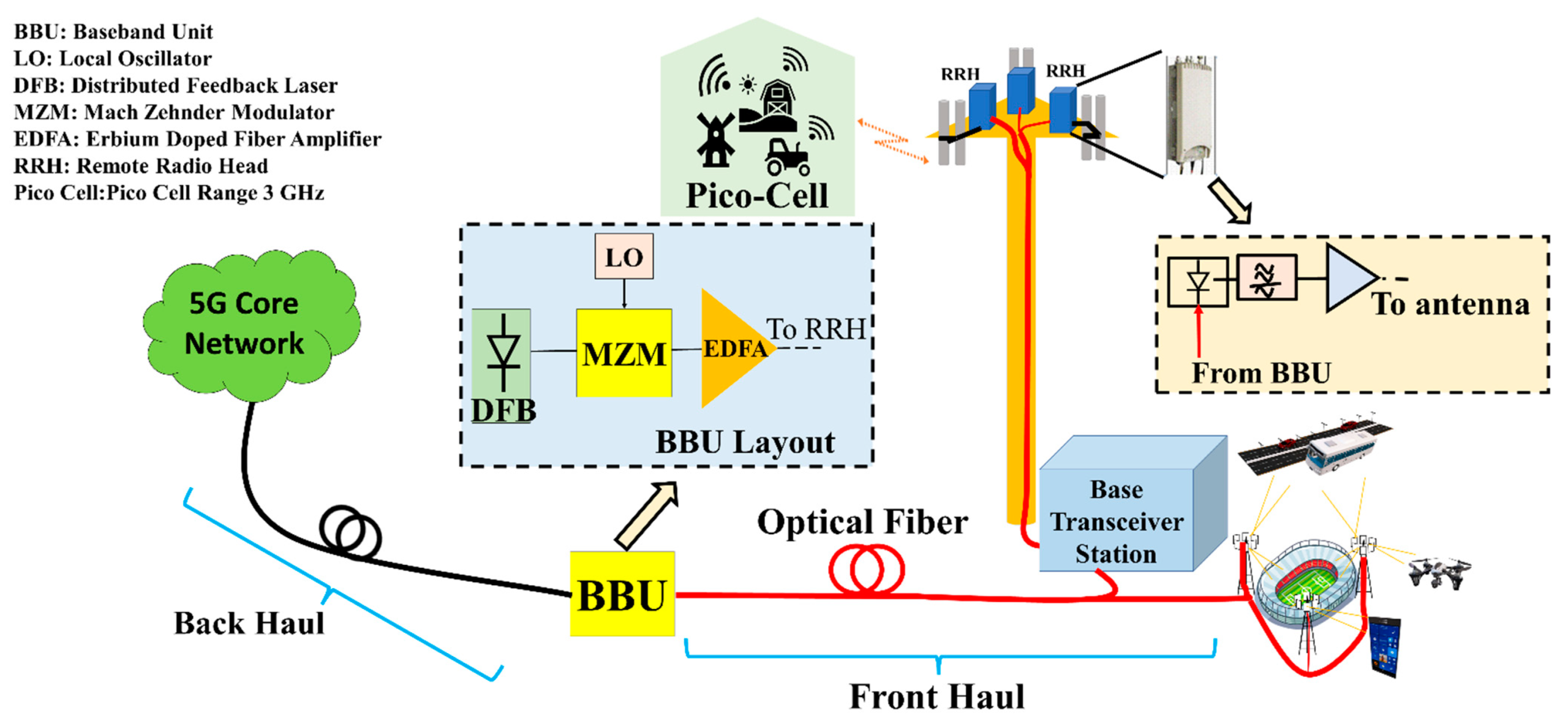Boosting 5G Performance with Multiband Remote Radio Heads (RRH)
telcomatraining.com – As 5G networks continue to evolve, the demand for faster speeds, lower latency, and greater coverage has pushed telecom operators to innovate their infrastructure. One of the key technologies driving this evolution is the Multiband Remote Radio Head (RRH). By enabling efficient spectrum usage and simplifying network deployment, multiband RRHs are playing a crucial role in enhancing 5G performance.
What is a Multiband RRH?
A Remote Radio Head (RRH) is a crucial component of modern mobile networks. It’s responsible for transmitting and receiving radio signals to and from mobile devices. Traditionally, RRHs are designed to support a single frequency band, which limits flexibility and requires multiple units for multi-band coverage.
Multiband RRHs, on the other hand, support multiple frequency bands within a single unit. This innovation allows operators to deliver seamless connectivity across various 5G spectrum layers—low-band, mid-band, and high-band (millimeter wave)—without the need for separate hardware.
Why Multiband RRHs Matter in 5G
5G networks rely on a combination of spectrum layers:
- Low-band (sub-1 GHz) offers wide coverage and strong indoor penetration.
- Mid-band (1–6 GHz) provides a balance of speed and coverage.
- High-band (above 24 GHz) delivers ultra-fast speeds but has limited range.
To maximize the benefits of each spectrum layer, operators need to deploy equipment that can handle multiple bands efficiently. Multiband RRHs solve this challenge by integrating several frequency bands into one compact and energy-efficient unit.
Key Benefits of Multiband RRHs for 5G
1. Simplified Network Deployment
With multiband RRHs, telecom companies can reduce the number of antennas and supporting infrastructure needed at each site. This minimizes installation complexity, lowers deployment costs, and shortens time to market.
2. Enhanced Spectral Efficiency
By enabling dynamic allocation of bandwidth across different frequency bands, multiband RRHs optimize the use of available spectrum. This leads to better performance in terms of speed, capacity, and reliability.
3. Reduced Energy Consumption
Consolidating multiple bands into a single RRH not only saves space but also reduces power consumption. This makes the network more sustainable and helps telecom operators meet environmental targets.
4. Improved Network Flexibility and Scalability
Multiband RRHs make it easier to adapt the network to changing demands. Operators can add or reconfigure bands remotely, allowing for faster scaling and upgrades without major hardware changes.
5. Future-Proof Infrastructure
As 5G evolves and new spectrum bands become available, multiband RRHs provide a flexible foundation that can accommodate these changes. This future-proof approach helps protect investment and ensures long-term viability.
Use Cases and Real-World Applications
Many leading telecom providers are already leveraging multiband RRHs to expand their 5G footprint. In urban areas, these devices help deliver consistent performance amid high user density. In rural environments, multiband RRHs extend coverage across vast areas while keeping infrastructure costs manageable.
Additionally, industries such as smart manufacturing, autonomous vehicles, and telemedicine benefit from the low latency and high reliability made possible by this advanced radio technology.
Challenges and Considerations
Despite their advantages, multiband RRHs also come with challenges. These include complex system design, higher initial investment, and the need for advanced cooling solutions to manage heat in dense configurations. However, the long-term performance and cost benefits typically outweigh these concerns.
Conclusion
Multiband Remote Radio Heads are revolutionizing the way 5G networks are deployed and managed. By enabling efficient spectrum use, reducing infrastructure complexity, and supporting future network demands, they are vital tools in boosting 5G performance. As the world continues to embrace digital transformation, investing in multiband RRH technology will be essential for delivering on the full promise of 5G.







